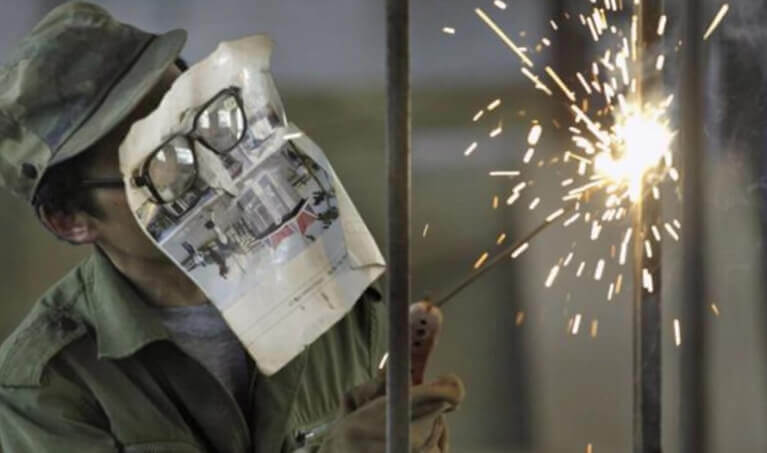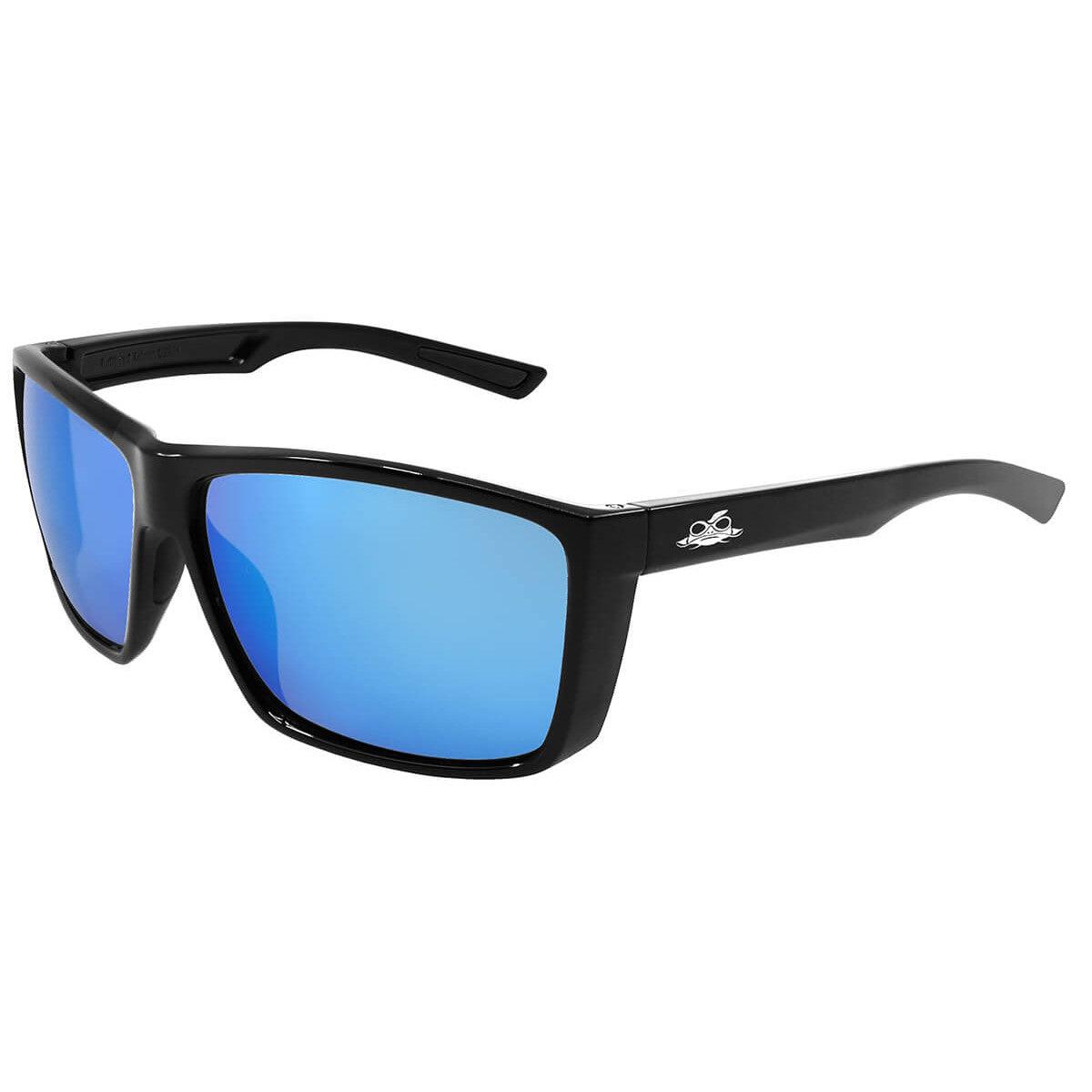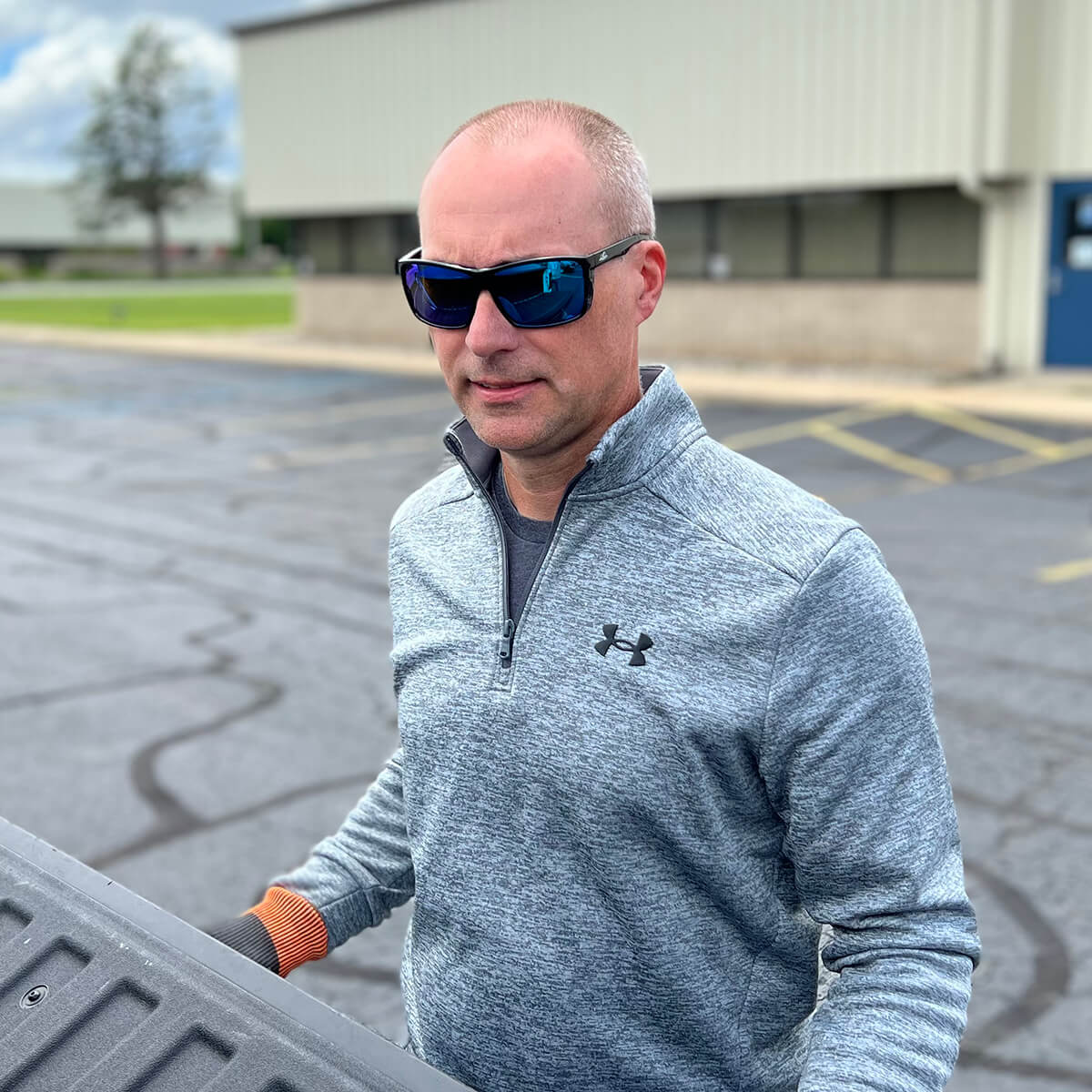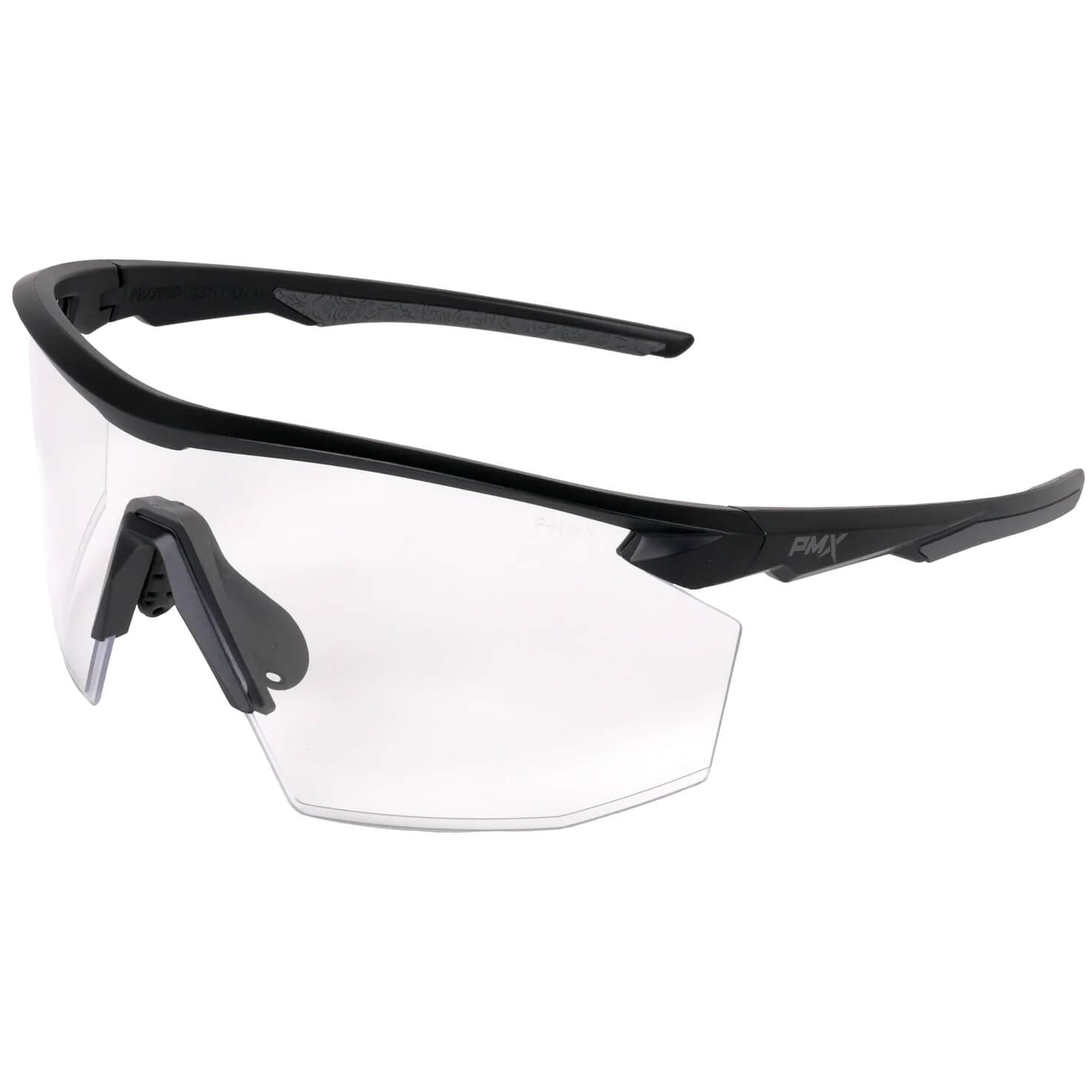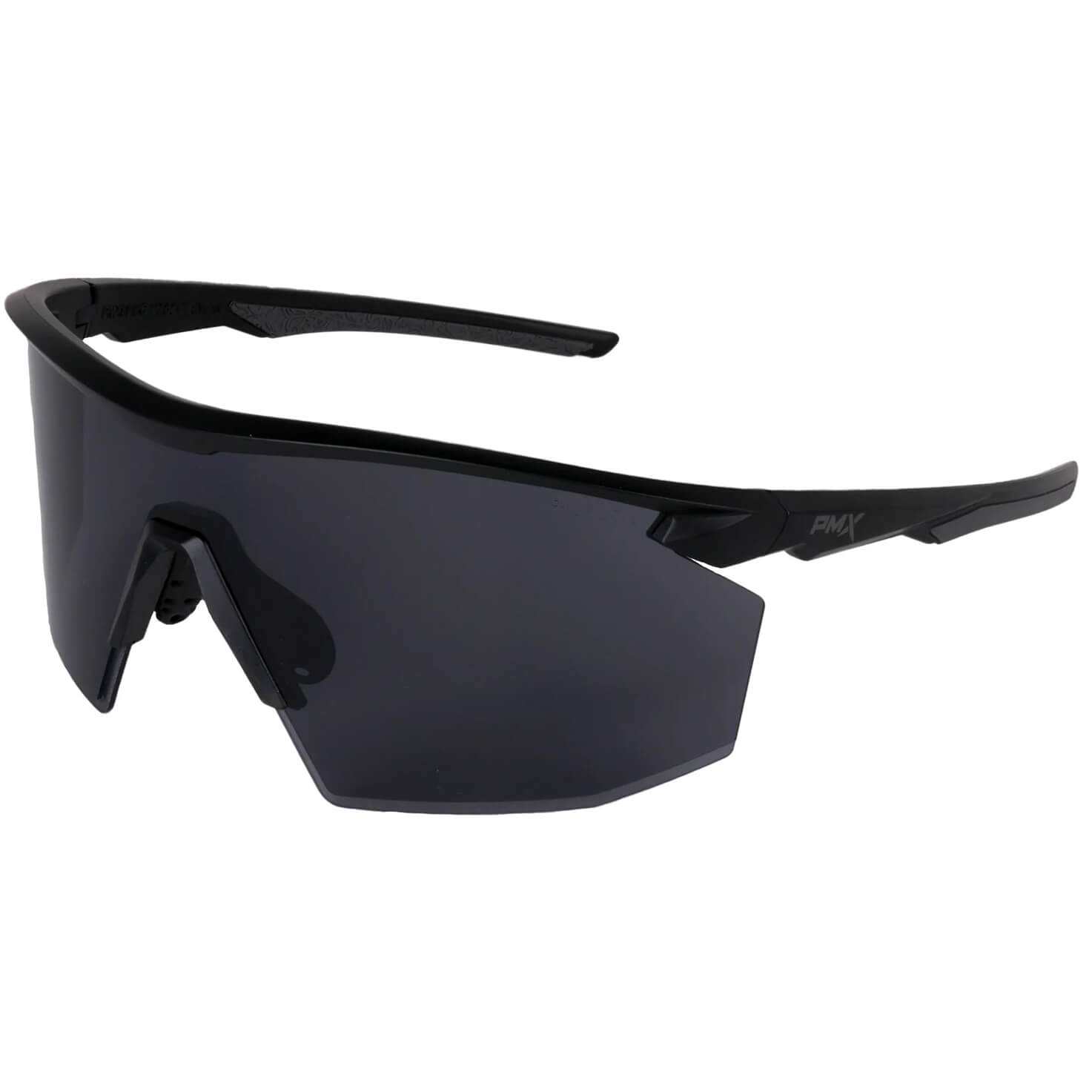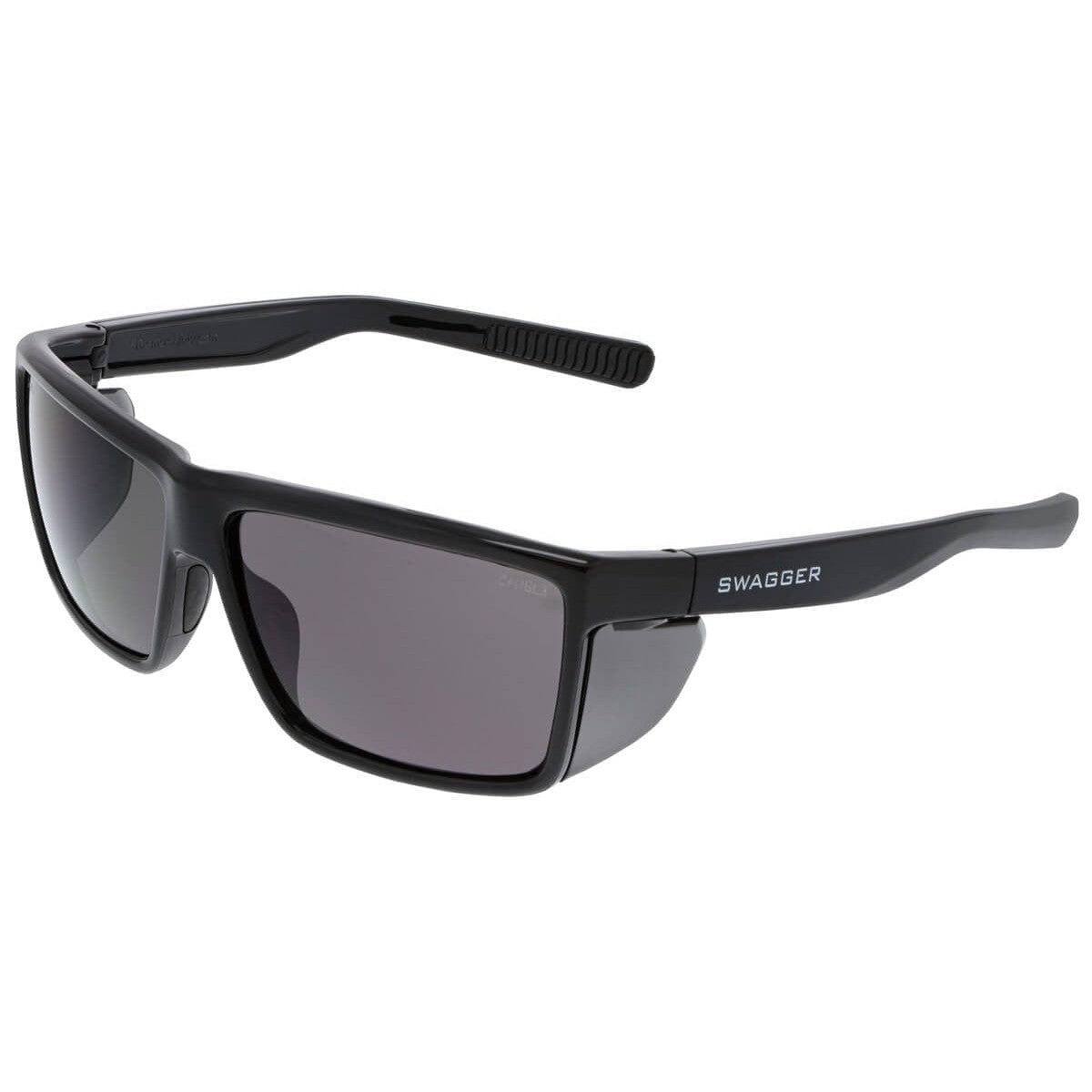Learn from DIYers
You can visit Lifehacker to discover how to create a pair of safety glasses using a soda bottle. The glasses even appear quite legitimate. However, most of us understand they won’t protect against any serious hazards. In fact, the post clarifies that these glasses are intended to shield against a marshmallow shooter only and won’t guard against even “minor debris."
Unfortunately, some DIY enthusiasts aim to protect themselves from more than just marshmallows. Just look at the photos accompanying this post. After you stop laughing at the absurdity of the “protection” this DIY eyewear provides, consider some important lessons about safety eyewear that we can learn from these DIYers.
They’re wearing the wrong type of protection.
About 40% of workers who sustained eye injuries wore protective eyewear when the accidents occurred. Unfortunately, it was not the correct type of protection for the task.
Some examples include the following: Only eyewear designed explicitly for welding should be used during welding, not fashion sunglasses. Swim goggles are effective in water but won’t protect against a stray chainsaw or flying tree limb. Correct protection is essential for preventing injuries; not just any eye covering will suffice.
Moreover, inappropriate eye protection for a job can often lead to visibility problems that create a new set of hazards. After all, if you can’t see because of fog, scratches, glare, or bright light, what good is having a bottle over your face?

The protection is simply inadequate.
In the workplace, 70% of eye injuries come from flying or falling objects or sparks. Contact with chemicals causes 20% of injuries. In the home, top culprits include metal and wood splinters when using power tools, flash injury from welding, blunt force trauma during yard work and chemical splash when cleaning. Now look at the photos again and ask yourself one question:
Are these individuals adequately protected from eye injury against the most common hazards?
While these DIY eyewear may block some chemicals and dust from getting into the eyes, they won’t offer protection against much else. Would you trust any of these methods if you’re spending all day in a dusty environment or frequently using chemicals?
Eye protection doesn’t work if it’s not over the eyes.
This may seem painfully obvious, but similar situations occur more frequently than expected. See the guy with the swim goggles on his head? In that position, they wouldn’t help him at all while swimming. The point is that eyewear needs to be worn for protection.
Unfortunately, injuries often occur during those in-between moments when someone lifts their eyewear to let fog clear or forgets to put it back on after taking a break. They might also remove it when finishing a task, forgetting that others are still working nearby. Awareness is crucial for choosing the proper safety eyewear and wearing it when it matters most.

Fashion Sunglasses often provide little to no safety protection.
While many sunglasses do protect against the harmful UV rays of the sun, even that’s not a guarantee. If they don’t say they do, don’t buy them.
Beyond that, many sunglasses do not provide any protection against impact. If they aren’t ANSI Z87 rated sunglasses, they probably don’t.
Also, sunglasses certainly do not protect against welder’s flash since they do not have the necessary shade for welding. Knowing the protection that sunglasses do and do provide is essential to keep sunglasses from doing more harm than good.
Ask the Experts
Some people get creative when it comes to do-it-yourself safety eyewear. And while they honestly may think they’re doing something right, they’re not.
Use some logic when choosing the type of safety eyewear that is best for the task at hand. And when the right eyewear choice isn’t obvious, ask workplace safety personnel or safety experts like those at Safety Glasses USA. In the time it takes to make your marshmallow safety glasses — or any DIY safety eyewear for that matter — you’ll be set for real situations with real hazards.

